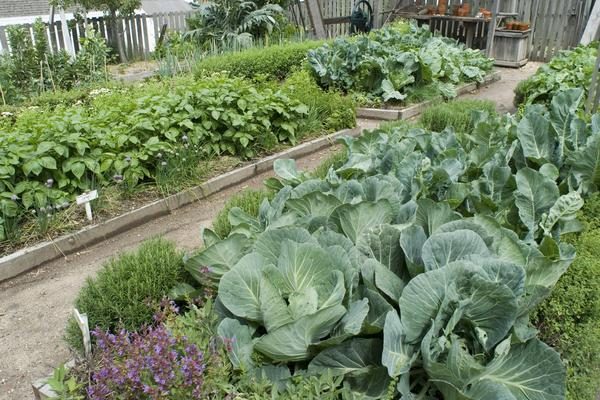by Vincent Speziale
My Italian grandparents immigrated to the USA in the late 1800’s. They were farmers in Italy, but farming was not an option for my grandfather as a new American. He was lucky enough to get a job working for the railroad, but farming was in his blood and as far back as I can remember, they always had a large garden. When they retired, they moved from their original home and built a beautiful new house on the outskirts of Pittsburgh. There was one problem that they did not notice until the house was finished —– the soil was not the usual rich dark sandy loam that is found in that part of Pennsylvania, but a shale and clay mixture (as best as I can remember).
This is the point at which I learned about fertilization and mulching. My grandfather never knew those two English words but that is what he did—- he fertilized, mulched and amended this shale and clay. Here is how he did it; he had a truck load of cow manure delivered from a local meat processing plant. He had them dump it in the front right corner of what was to be a very large garden area. He turned the soil in that area. He next planted fruit trees in the garden area that would eventually provide shade and lots of fruit. The manure pile did not smell too bad and as time went on and as it “cooked”, it got better. At first grass clippings, grape stems and skins (left from wine making– that is another story) and any organic material that was not consumable went on the pile.
My grandfather turned the pile once a year and after a few years it just looked like a big compost pile. The garden produced well the very first year. There were very large tomatoes, Italian zucchini, Swiss Chard, many different melons, and different varieties of lettuce; mostly escarole. He was also able to grow beautiful carrots and beets. I still remember helping him pinch blooms off the tomato plants, so they would not bear fruit until the plant and root systems were large enough to support fruit. My grandfather turned the soil by hand and always worked the “compost” into the soil while my grandmother planted flowers in strategic locations that would deter insects. I am not exaggerating when I say that the fruit and vegetables that he grew were always the largest and healthiest that I have ever seen. This could be attested to by thankful neighbors who were also recipients of this bounty.
As the fruit trees matured, they produced large peaches, pears and apples. I remember having to prop branches on the peach tree with 2 x 6 inch lumber with V notches cut into them to keep the tree branches from breaking under the weight of the fruit. A lot of this fruit was also available to their neighbors and my grandmother canned tomatoes, peaches, pears and made pickles and piccalilli. She always had full shelves in the wine cellar at the end of the growing season.
To sum things up my grandfather grew a bountiful garden with a lot of hard work and constant tending. He never used artificial fertilizers or insecticides. He could have been one of the first “organic gardeners” in the USA!
Vincent Speziale, an intern in the 2018 Master Gardener Class, lives in Pike Road.
Our monthly garden article by interns and CCMGA members is published in the printed version of Boom Magazine and also on their website at: Boom Magazine.
 Part of the Alabama Cooperative Extension Service (ACES)
Part of the Alabama Cooperative Extension Service (ACES)
